Up to 70 percent of our bodies are made up of water. It's in everything inside us from our cells to our tissues — even our blood is mostly made up of water.
That's why it is so important to keep hydrated so that your body stays in tip-top shape. Lower levels of water in your body could have numerous consequences, including dry mouth, muscles cramps, and cracked lips.
But it can also cause your blood vessels to drain fluid improperly into your tissues, creating swelling, puffiness, and discomfort.
This is known as water retention, and it can happen based on many different diet and lifestyle choices.
Since fluid buildup is gradual, and could look like different bodily ailments at first glance, it's important to know the certain symptoms that categorize fluid buildup.
Below are a list of common symptoms as well as prevention methods that help lower the risk of it happening to you.
What Is Water Retention?

Water retention or edema is a buildup of water in the body's circulatory system, tissues, or body cavities.
The excess usually builds up over time and most frequently collects in feet or hands (peripheral edema), around the brain (cerebral edema), and around the eyes (eye edema).
What Are The Causes Of Water Retention?
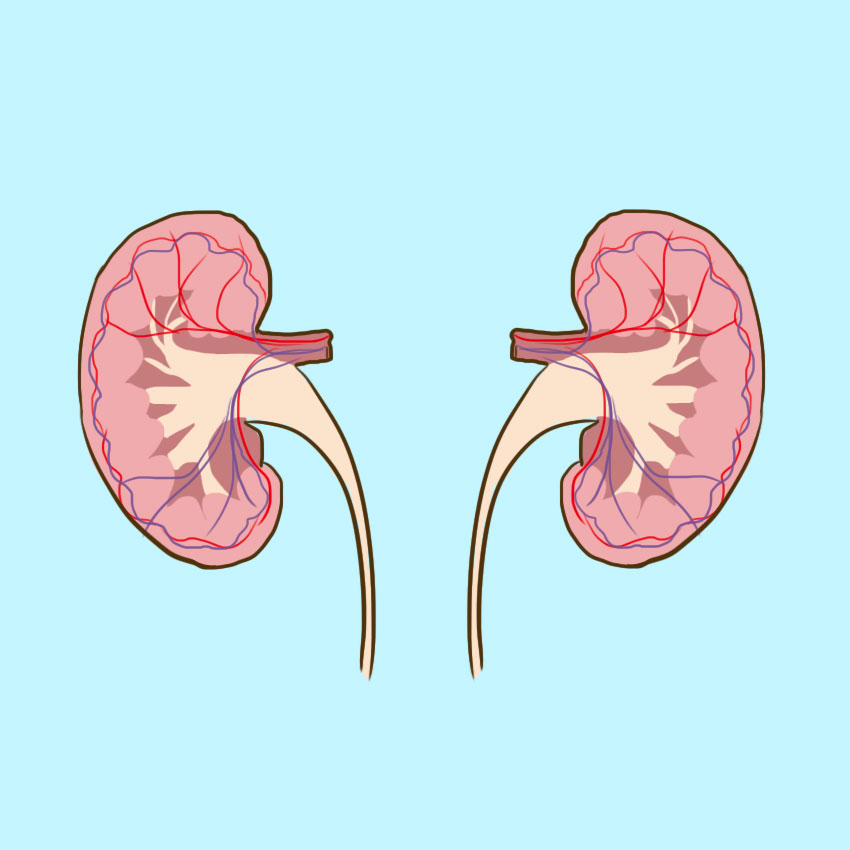
If blood vessels located around the body called capillaries become damaged, they can leak fluid in your tissues, causing them to swell and stress out your kidneys.
The swelling could also have many culprits, including weak circulation, nutritional deficiencies, and too much salt in your diet.
What's The Difference Between Water Retention And Abdominal Bloating?

Water retention is caused by a buildup of fluid, while abdominal bloating, which plagues the stomach and intestines, is usually due to a buildup of gas.
While both can be caused by certain lifestyle choices, the two are not mutually exclusive and are created by gas and fluid, respectively.
Fortunately, according to water-retention.net, the retention can be reversed by making several key lifestyle changes.
Check out the symptoms below to see if you may be experiencing fluid buildup.
Symptom #1: Swelling Of The Skin
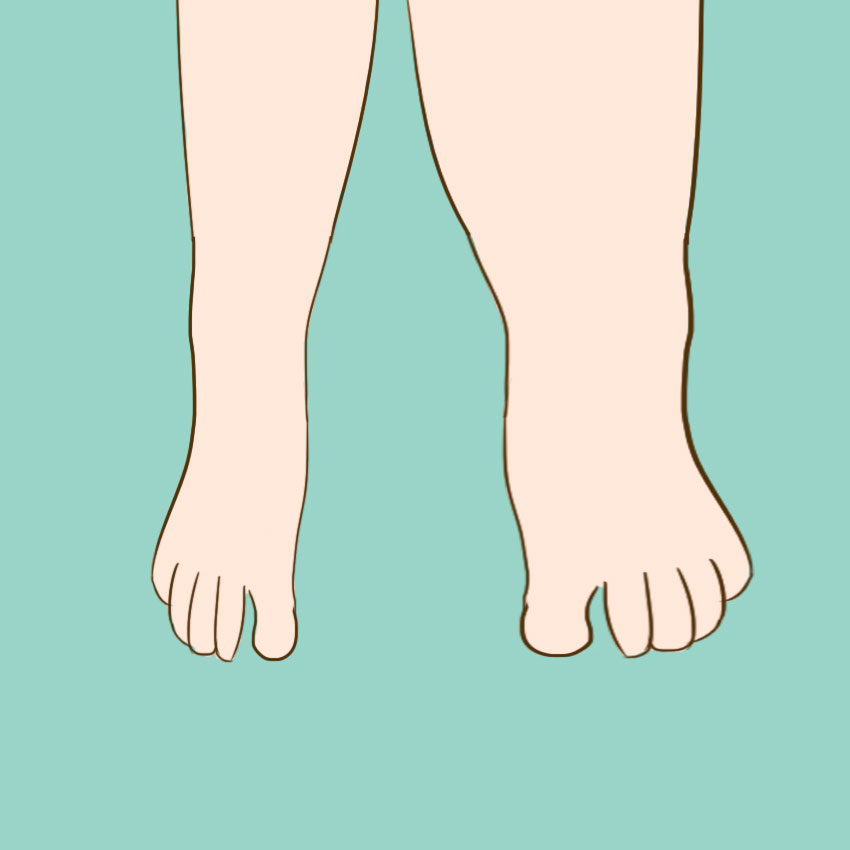
Noticeable swelling can occur in different parts the body, like your legs, hands, and face.
This is a sign that the buildup of fluid has reached a palpable point in your body.
Symptom #2: Dimples In The Skin From Applied Pressure

If you press on your skin and notice a prolonged indent, that means that the fluid is being pushed from one part of your tissue to another.
This indicates that the body is not hydrated enough for fluid to move smoothly throughout the body, according to watercures.org.
Symptom #3: Aching Muscles Or Stiff Joints
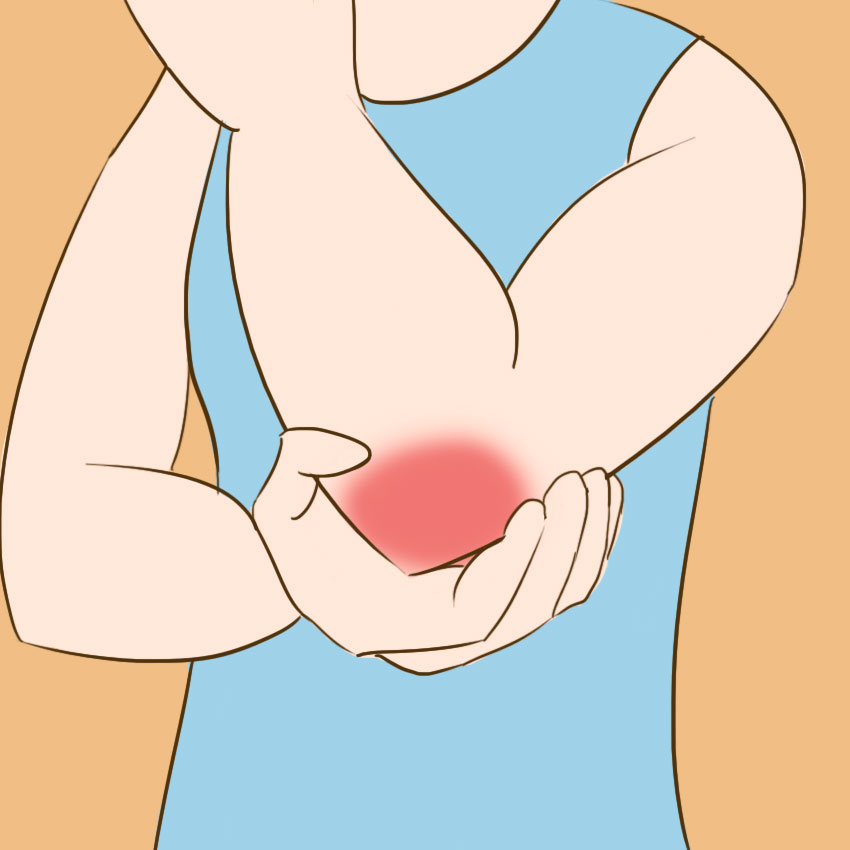
The sudden change in weight around parts of your body can lead your joints to become stiff and stressed.
However, joint stiffness is a symptom of many other ailments, so check in your body to see what its other symptoms can be telling you.
Symptom #4: Weight Gain
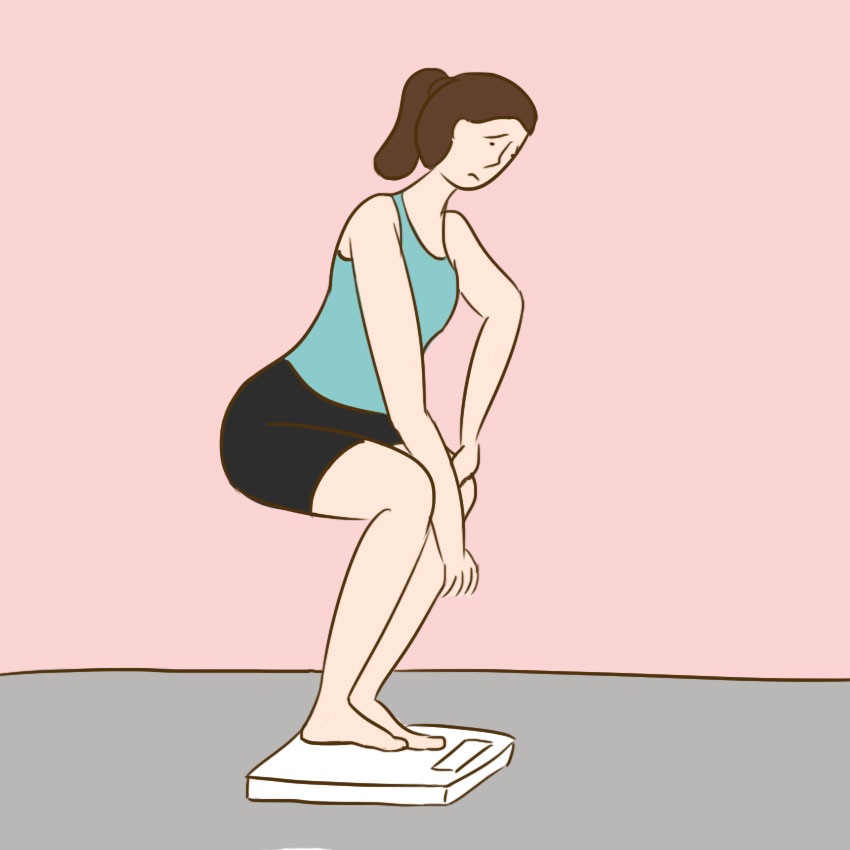
Unexplained weight gain is often one of the first signs that fluid is building up in your body, according to Livestrong.com.
If you haven't changed your diet or exercise routines, yet you've noticed a jump in the scale, water buildup may be the culprit.
Symptom #5: Thickness Of Veins
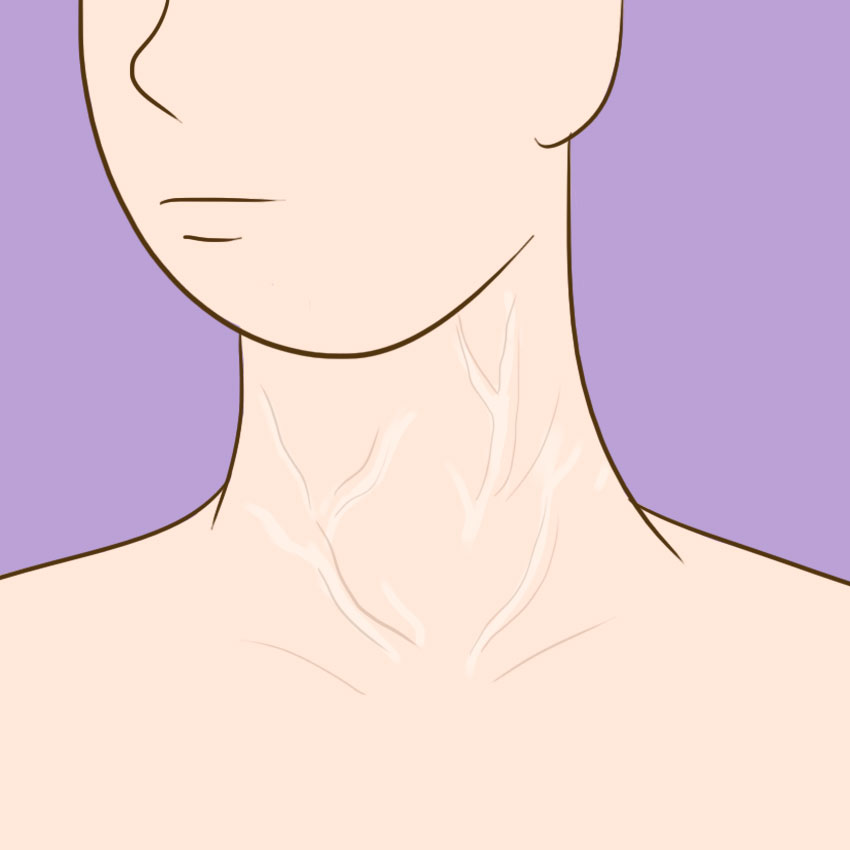
Since water retention is due to a fluctuation of function in your blood vessels, this could cause abnormalities in your veins.
If you notice a bigger bulge in your neck muscles, that could mean that the fluid content in your veins isn't how it should be.
Symptom #6: Raised Pulse And Blood Pressure
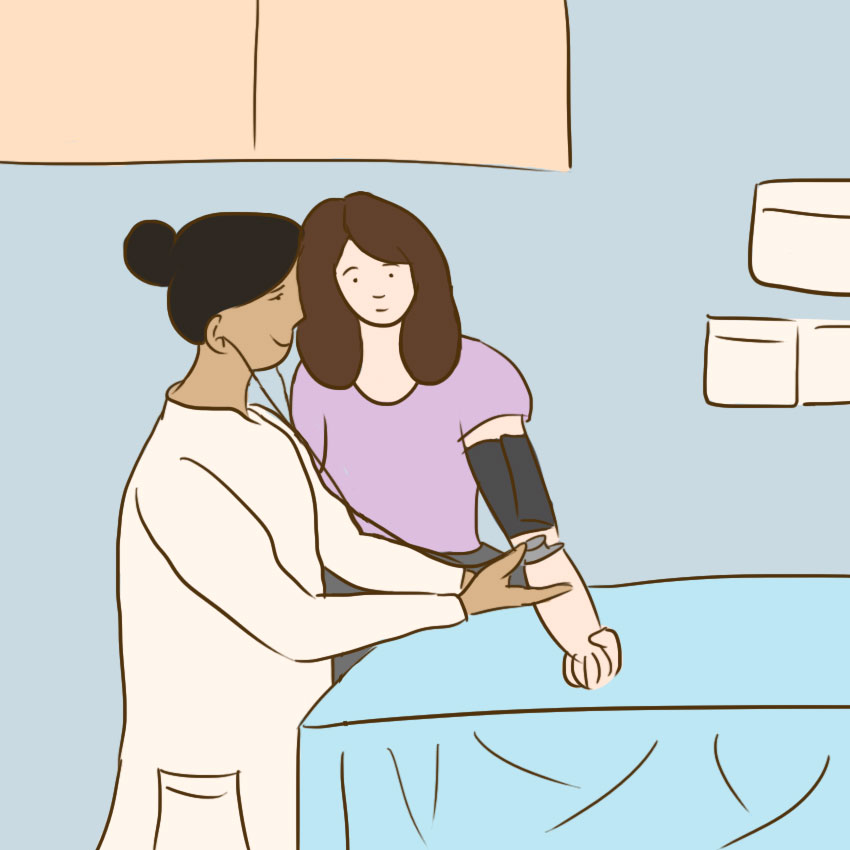
This is another symptom that can arise due to changes in your blood's fluid content.
Fluid retention can mean that your pulse has to work overtime to pump blood properly around your body.
Though there are many ways to reduce the fluid-caused swelling naturally, like through diet and exercise, there are also steps you can take in order to reduce your risk of it happening in the first place.
Prevention Method #1: Cut Back On Sodium
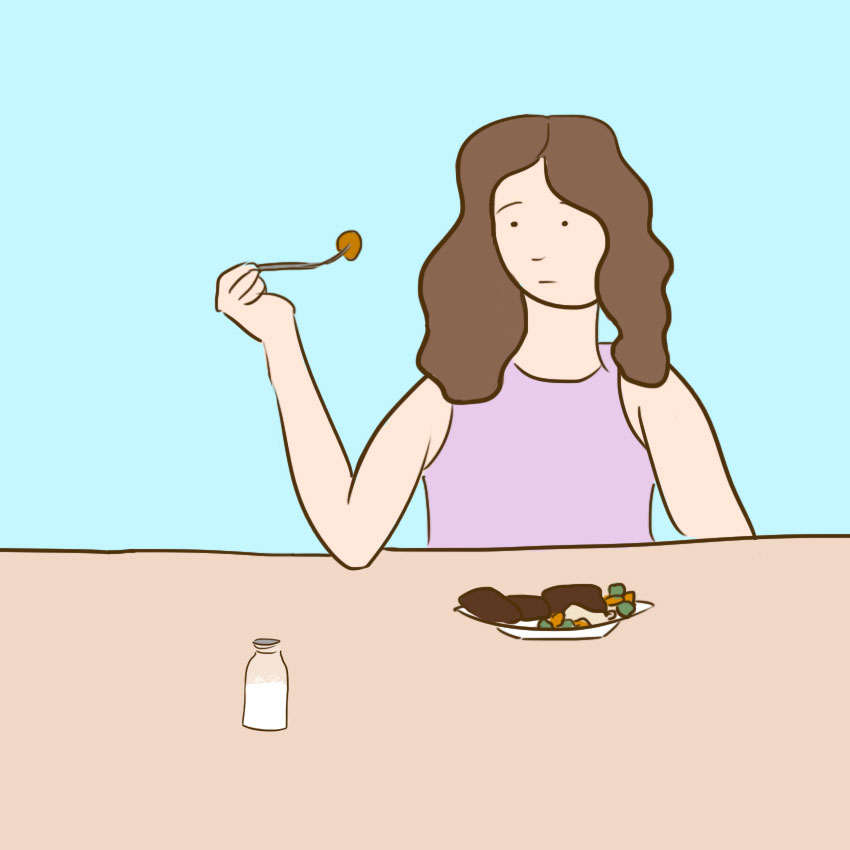
Water retention is caused by your body's lack of fluids, which can easily be heightened by having too much salt in your diet.
So cutting back on salt and amping up on your fluid intake can batter ensure that you have enough fluid in your body for it to function properly.
Prevention Method #2: Elevate Your Feet
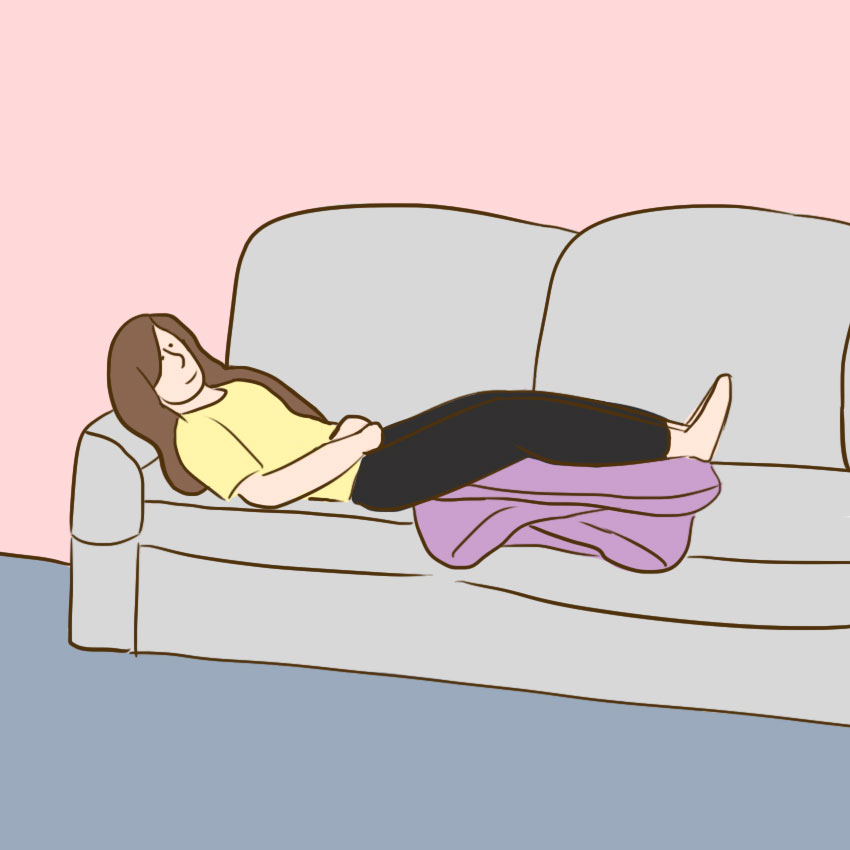
Often times, fluid can build up in the legs when they remain inactive for too long, causing the blood to not circulate through your limbs fast enough.
You can elevate them to help any potential trapped blood to flow back down (or up) your body!
Prevention Method #3: Stay Active
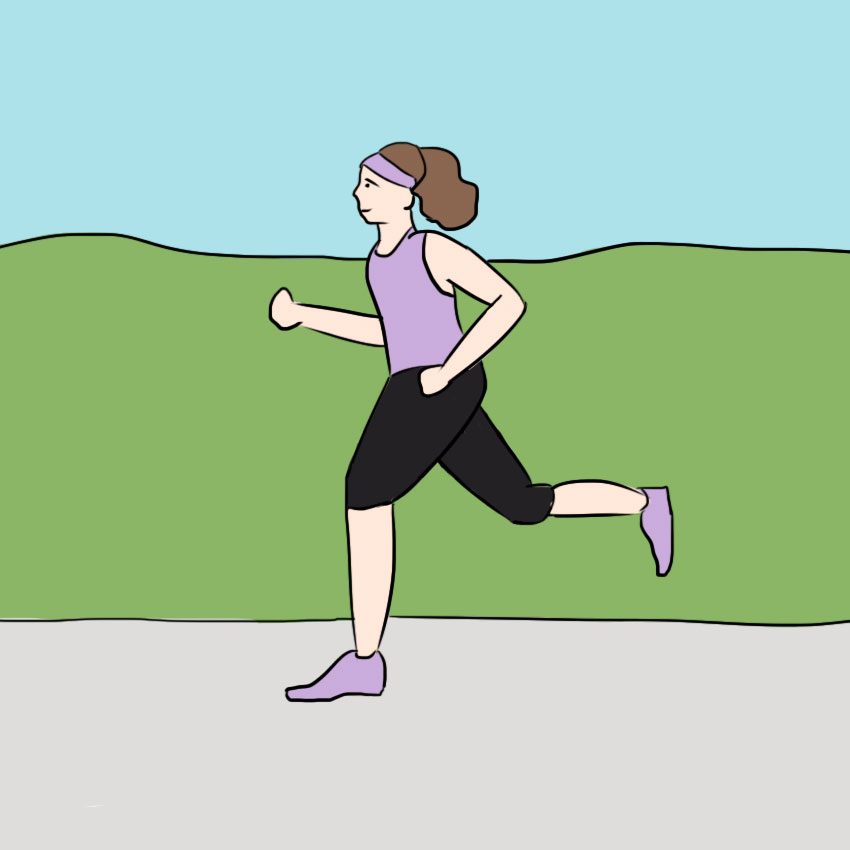
Also, if you feel like your legs have been inactive for too long throughout the day, get them moving by squatting, marching, or going on a little jog.
This will also get your heart pumping faster, which will help push everything properly around your body.
Prevention Method #4: Eat More Potassium

Potassium-rich foods help to counteract sodium levels in your body so you experience less dehydrating effects.
Foods that are rich in potassium include sweet potatoes, lima beans, bananas, mushrooms, spinach, potatoes, greens, tomatoes, apricots, prunes, grapefruit, and halibut.
Prevention Method #5: Cut Back On Dehydrating Foods And Beverages
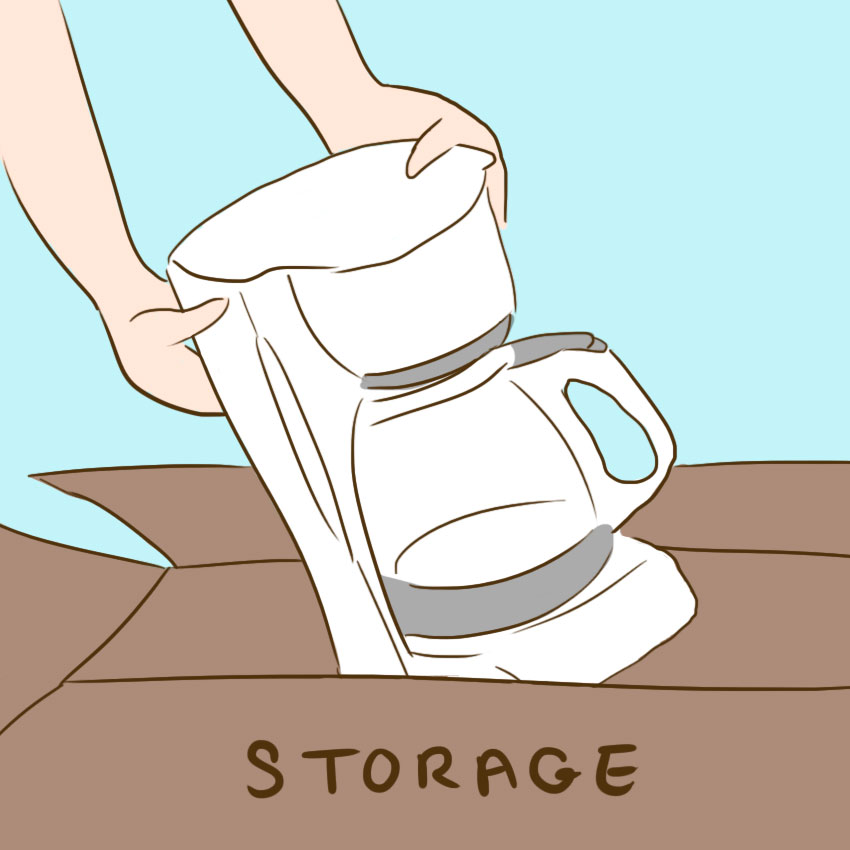
Although coffee does a great job at keeping you awake and squashing afternoon slumps, it definitely doesn't do much by way of hydration.
Cutting back on coffee, while amping up on other hydrating liquids, can help ensure that you have plenty of water in your body.
Prevention Method #6: Keep A Food Diary

Keeping a food diary will help you track exactly what you eat and how it is affecting your body.
In addition to water retention, this method can help you with plenty of other body changes that could be caused by your diet.
Prevention Method #7: Consult Your Doctor
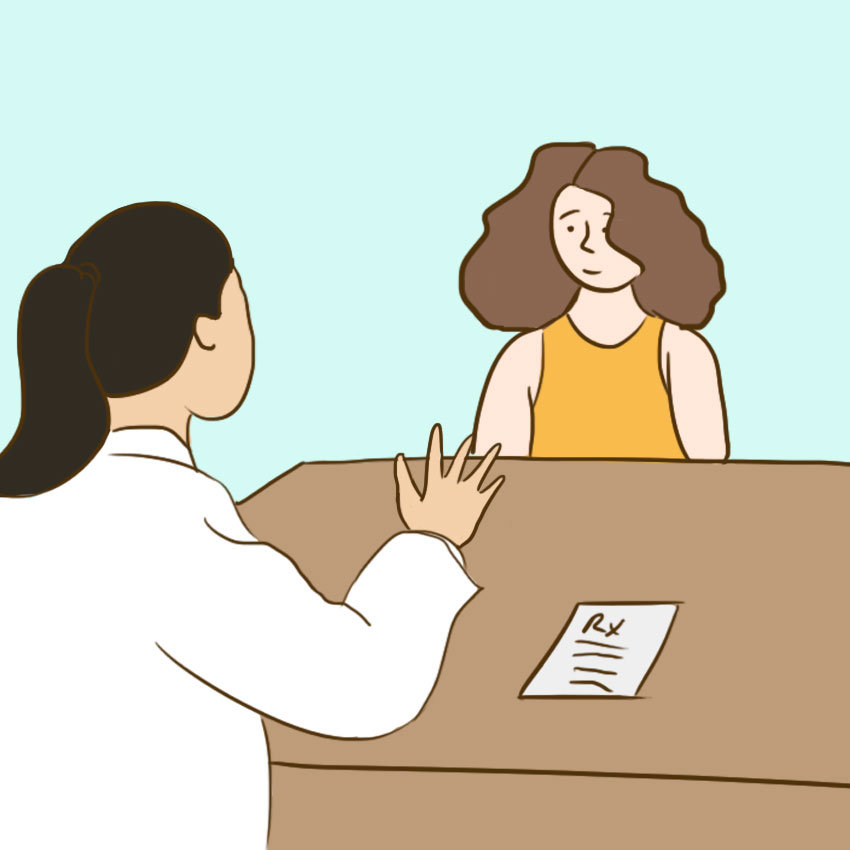
Consulting your doctor is always an important option when it comes to changing your lifestyle to benefit your body.
Though water retention can occur, there are plenty of steps to take in order to keep your body fluids flowing — or spot if they are not!
If you know someone who struggles with water retention, please SHARE these important facts!




